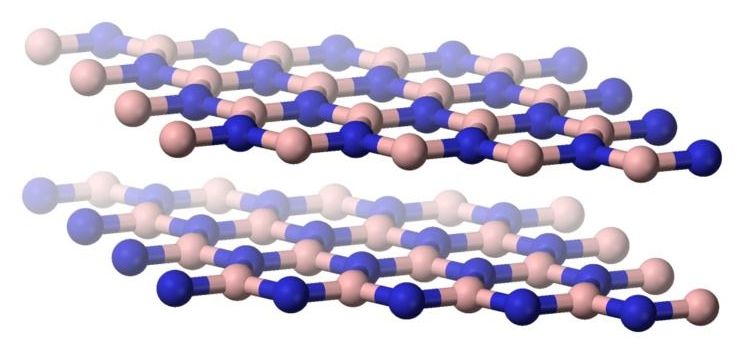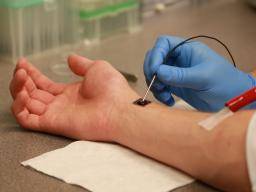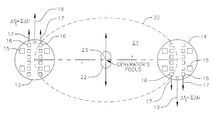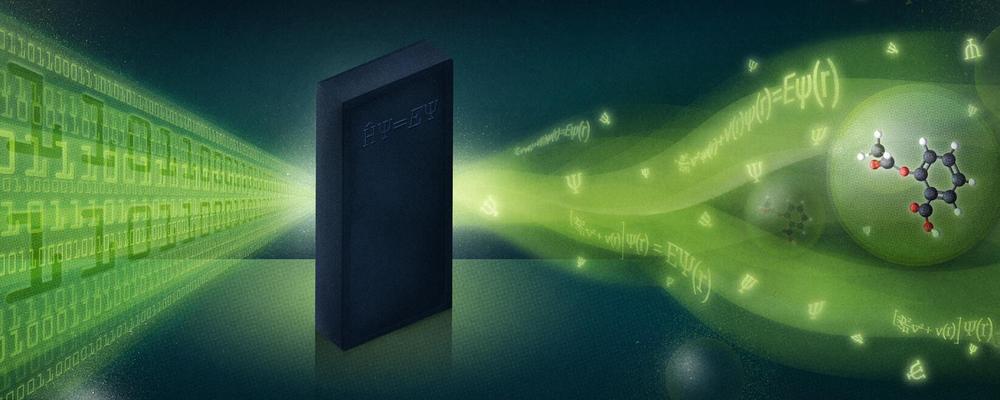It can produce or sense photons for optical interconnects within chips.


Physicists at the National Institute of Standards and Technology (NIST) and partners have demonstrated an experimental, next-generation atomic clock — ticking at high “optical” frequencies — that is much smaller than usual, made of just three small chips plus supporting electronics and optics.
Described in Optica, the chip-scale clock is based on the vibrations, or “ticks,” of rubidium atoms confined in a tiny glass container, called a vapor cell, on a chip. Two frequency combs on chips act like gears to link the atoms’ high-frequency optical ticks to a lower, widely used microwave frequency that can be used in applications.
The chip-based heart of the new clock requires very little power (just 275 milliwatts) and, with additional technology advances, could potentially be made small enough to be handheld. Chip-scale optical clocks like this could eventually replace traditional oscillators in applications such as navigation systems and telecommunications networks and serve as backup clocks on satellites.



A gravitational wave generating device comprising an energizing means such as magnetrons, which act upon energizable elements such as film bulk acoustic resonators or FBARs. A computer that controls the magnetrons’ phase. A gravitational wave generation device that exhibits directivity and forms a gravitational-wave beam. The utilization of a medium in which the gravitational wave speed is reduced in order to effect refraction of the gravitational wave and be a gravitational wave lens. A gravitational wave generator device that can be directed in order to propel an object by its momentum or by changing the gravitational field nearby the object to urge it in a preferred direction and be a propulsion means.



The special properties of quantum computers should make them ideal for accurately modelling chemical systems, Philip Ball discovers.
‘If you want to make a simulation of nature,’ the legendary physicist Richard Feynman advised in 1981, ‘you’d better make it quantum-mechanical.’ By ‘nature’, Feynman meant ‘stuff’: the particles and atoms and molecules we’re made from. His comment came in a talk published the following year, and is generally regarded as the founding text of quantum computing. It now looks even more prophetic than ever.
For although we are constantly told that the unique selling point of quantum computers is their enormous speed compared with the classical devices we currently use – a speed-up that exploits the counterintuitive laws of quantum mechanics – it seems that the most immediate benefit will be the one Feynman identified in the first place: we’ll be able to simulate nature better.


According to a theoretical paper published in the Annals of Physics, by Dr. Ovidiu Racorean from the General Direction of Information Technology in Bucharest, Romania, the geometry of spacetime around a rapidly spinning black hole (Kerr black hole) behaves like a quantum computer, and it can encode photons with quantum messages.